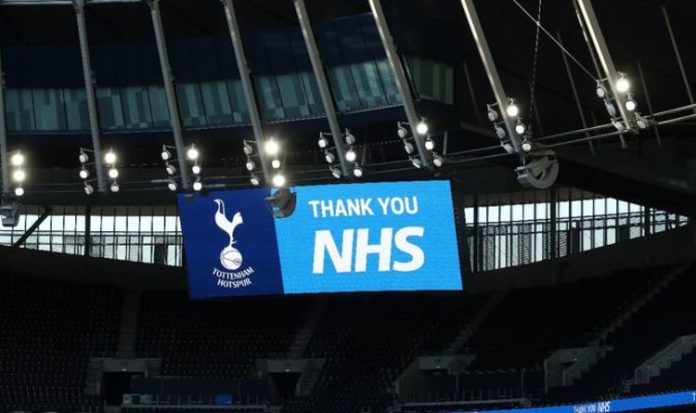
Pressure on NHS app amid surge in coronavirus cases (Image: Getty)
It is hoped the roll-out of the app on September 24 will help tackle the recent surge in infections.
Cases are now thought to be doubling every week and the Government’s R number is above 1, meaning the epidemic is growing.
A further 3,539 positive tests were confirmed yesterday, the highest number since May 17.
Mr Hancock said: “We need to use every tool at our disposal to control the spread of the virus including cutting-edge technology.
“The launch of the app later this month across England and Wales is a defining moment and will aid our ability to contain the virus at a critical time.”
The app will allow users to check into venues such as pubs, hairdressers and cinemas by scanning a code with their phone.
In the event of a Covid-19 outbreak, NHS Test and Trace will then be able to contact those who may have been exposed.
Officials said trials in the London borough of Newham and on the Isle of Wight had shown the app was “highly effective when used alongside traditional contact tracing”.
People who do not use the technology will still be able to leave their details at venues by another method.

Health Secretary Matt Hancock yesterday called the imminent launch of the Covid-19 app a ‘defining moment’ (Image: Getty)
Meanwhile, a study from Imperial College London and Ipsos MORI suggested cases are doubling every seven to eight days.
They were doubling every three to four days when Britain entered lockdown.
Between mid-June and early July, cases were halving every eight to nine days despite the lockdown easing, but the trend has now reversed, the study found.
Care homes and hospitals are no longer hotbeds of transmission and the virus is instead spreading in the community, experts said.
Mr Hancock said the research reinforced the need for the rule of six, which will ban large social gatherings from Monday.
He added: “We’ve seen all across the world how a rise in cases, initially among younger people, leads to hospitalisations and fatalities.
“The pandemic is not over, and everyone has a role to play to keep the virus at bay and avoid further restrictions.”
Random swab testing of around 150,000 people found 13 per 10,000 were infected between August 22 and September 7.This was up from four per 10,000 between July 24 and August 11.

The app will allow users to check into venues such as pubs, hairdressers and cinemas by scanning a code with their phone (Image: Getty)
Study director Professor Paul Elliott, of Imperial, said prevalence of the virus was still “quite low” compared with the peak of the epidemic.
He added: “This system was set up as an early warning sign and it has picked up the signal early. Our large and robust data set clearly shows a concerning trend in coronavirus infections, where cases are growing quickly across England and are no longer concentrated in key workers.
“What we are seeing is evidence of an epidemic in the community and not a result of increased testing capacity.This is a critical time.”
The study put England’s R rate at around 1.7, higher than the 1.2 estimated by Sage yesterday.
The figure represents the average number of people each infected person will pass the virus on to. When it is above 1, an outbreak can grow rapidly.
According to Government advisers, the last time R was above 1 was in early March.
They estimated the epidemic is now growing by between one to four per cent every day.
Infections were found to be increasing across all adult age groups below 65, with the highest rates seen in young people aged 18 to 24. Rates among over-65s appeared stable.
Prof Elliott added: “It does appear that the older age group have been less affected by this recent upturn.
“We do know that older people are aware that they’re more at risk and maybe there has been more shielding among that group.”
Infections were highest in Yorkshire and the North West followed by the North East.
This week’s infection survey from the Office for National Statistics similarly showed the number of new daily cases has soared by 60 per cent.
It estimated around 3,200 people were being infected daily between August 30 and September 5, up from 2,000 a day the previous week.
Around 40,000 were thought to have had Covid-19 that week, compared with 27,100 between August 19 and 25.
The ONS said cases had risen among people aged 17 to 34.
But Yvonne Doyle, medical director at Public Health England, warned there are now “worrying signs of infections occurring in the elderly, who are at far higher risk of getting seriously ill”.







